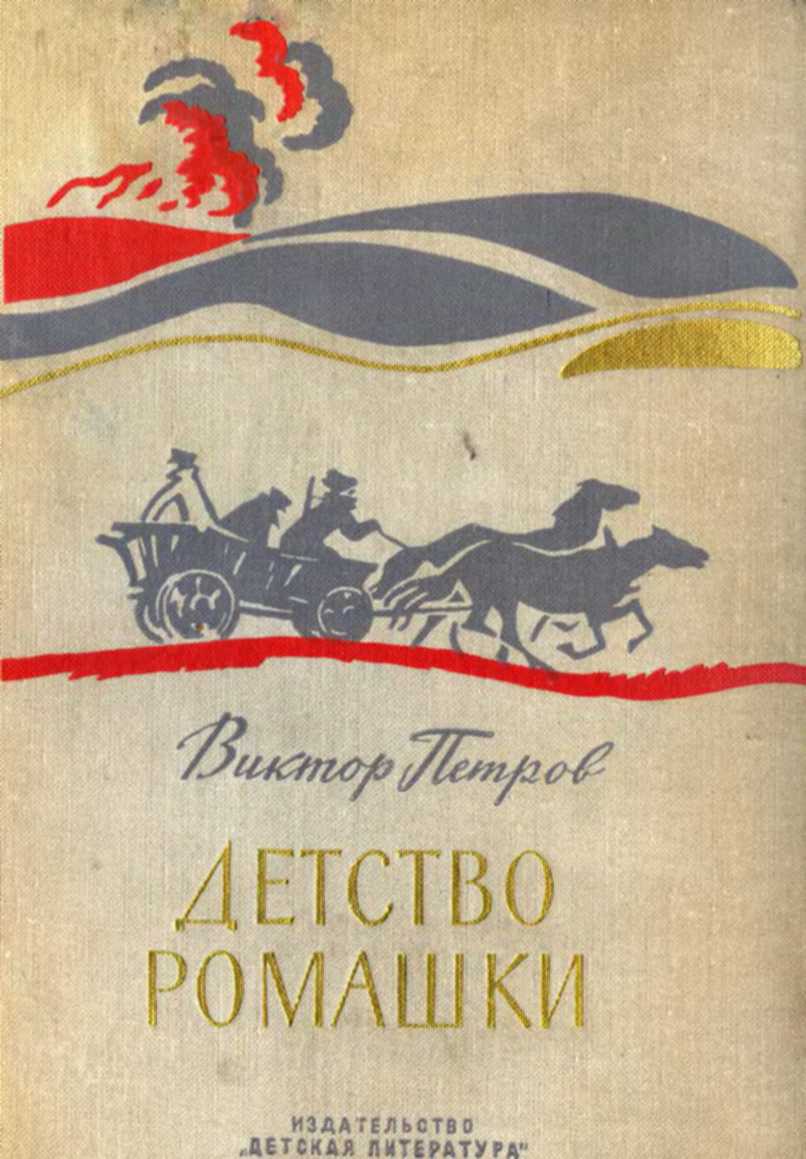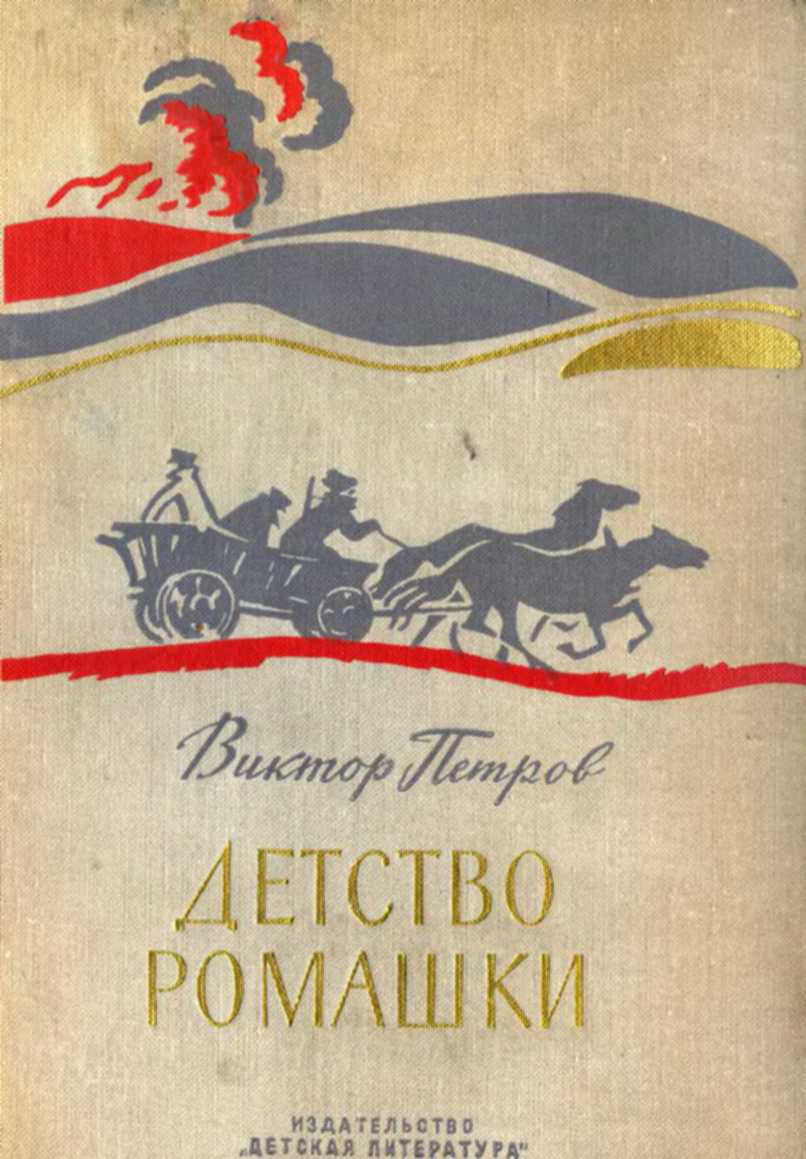Федеральный центр санитарного просвещения, 2020. Wie häufig sind Essstörungen? // bzga-essstoerungen.de/habe-ich-eine-essstoerung/wie-haeufig-sind-essstoerungen/#c755.
Wansink B., Sobal J. Mindless Eating: The 200 Daily Food Decisions We Overlook // Environment and Behavior, 2007.
Bakken J. S. et al. Treating Clostridium Difficile Infection with Fecal Microbiota Transplantation // Clinical Gastroenterology and Hepatology, 2011.
Terveer E. M. et al. How to: Establish and Run a Stool Bank // Clinical Microbiology and Infection, 2017; You Can Earn $13 000 a Year Selling Your Poop // Washington Post, 29.01.2015 // washingtonpost.com/news/speaking-of-science/wp/2015/01/29/you-can-earn-13000-a-year-selling-your-poop/.
Sender R. et al. Revised Estimates for the Number of Human and Bacteria Cells in the Body // PLOS Biology, 2016.
Cammarota G. et al. Fecal Microbiota Transplantation for the Treatment of Clostridium Difficile Infection: A Systematic Review // Journal of Clinical Gastroenterology, 2014.
Kelly J. R. et al. Transferring the Blues: Depression-associated Gut Microbiota Induces Neurobehavioral Changes in the Rat // Journal of Psychiatric Research, 2016; Zheng P. et al. Gut Microbiome Remodeling Induces Depressive-like Behaviors Through a Pathway Mediated by the Host’s Metabolism // Molecular Psychiatry, 2016.
Long-Smith C. et al. Microbiota-Gut-Brain Axis: New Therapeutic Opportunities // Annual Review of Pharmacology and Toxicology, 2020; Dinan T. G., Cryan J. F. The Microbiome-gut-brain Axis in Health and Disease // Gastroenterology Clinics, 2017.
Fetissov S. O. Role of the Gut Microbiota in Host Appetite Control: Bacterial Growth to Animal Feeding Behavior // Nature Reviews Endocrinology, 2017.
О плодовых мушках: Leitão-Gonçalves R. et al. Commensal Bacteria and Essential Amino Acids Control Food Choice Behavior and Reproduction // PLOS Biology, 2017. О свиньях: Yang H. et al. Evaluating the Profound Effect of Gut Microbiome on Host Appetite in Pigs // BMC Microbiology, 2018.
Alcock J. et al. Is Eating Behavior Manipulated by the Gastrointestinal Microbiota? Evolutionary Pressures and Potential Mechanisms // BioEssays, 2014.
Swartz T. D. et al. Up-regulation of Intestinal Type 1 Taste Receptor 3 and Sodium Glucose Luminal Transporter-1 Expression and Increased Sucrose Intake in Mice Lacking Gut Microbiota // British Journal of Nutrition, 2012.
van de Wouw M. et al. Microbiota-gut-brain Axis: Modulator of Host Metabolism and Appetite // The Journal of Nutrition, 2017.
Jacka F. N. et al. A Randomized Controlled Trial of Dietary Improvement for Adults with Major Depression (the SMILES trial) // BMC Medicine, 2017.
Mosca A. et al. Gut Microbiota Diversity and Human Diseases: Should We Reintroduce Key Predators in our Ecosystem? // Frontiers in Microbiology, 2016; Long-Smith C. et al. Microbiota-gut-brain Axis: New Therapeutic Opportunities // Annual Review of Pharmacology and Toxicology, 2020.
Guarner F., Malagelada J. Gut Flora in Health and Disease // The Lancet, 2003.
Oriach C. S. et al. Food for Thought: The Role of Nutrition in the Microbiota-gut-brain Axis // Clinical Nutrition Experimental, 2016.
См. также: Suez J. et al. Non-caloric Artificial Sweeteners and the Microbiome: Findings and Challenges // Gut Microbes, 2015; Zinöcker M. K., Lindseth I. A. The Western Diet-Microbiome-Host Interaction and Its Role in Metabolic Disease // Nutrients, 2018.
Foster J. A. et al. Stress & the Gut-brain axis: Regulation by the Microbiome // Neurobiology of Stress, 2017; Moloney R. D. et al. The Microbiome: Stress, Health and Disease // Mammalian Genome, 2014.
WHO, 2020. Promoting Fruit and Vegetable Consumption Around the World // https://www.euro.who.int/en/health-topics/disease-prevention/nutrition/activities/technical-support-to-member-states/promoting-fruit-and-vegetable-consumption#:~:text=The%20WHO%2FFAO%20report%20recommends,roughly%205%20portions%20per%20day.
Wansink B., Sobal J. Mindless Eating: The 200 Daily Food Decisions We Overlook // Environment and Behavior, 2007.
Wansink B., Wansink C. The Largest Last Supper: Depictions of Food Portions and Plate Size Increased Over the Millennium. International Journal of Obesity, 2010.
Endnote 2.
Harris L. J. et al. Appetite and Choice of Diet. The Ability of the Vitamin B Deficient Rat to Discriminate between Diets Containing and Lacking the Vitamin // Proceedings of the Royal Society of London, 1933.
Wansink B. et al. Internal and External Cues of Meal Cessation: the French Paradox Redux? // Obesity, 2007.
Greaves P. Regional Differences in the Mid-Victorian Diet and Their Impact on Health // JRSM Open, 2018; Clayton P., Rowbotham J. An Unsuitable and Degraded Diet? Part One: Public Health Lessons from the Mid-Victorian Working Class Diet // Journal of the Royal Society of Medicine, 2008.
His Holiness the Dalai Lama. Understanding Our Fundamental Nature. His Holiness the Dalai Lama. Dialogues, part 1: Fundamental Questions // R. J. Davidson, A. Harrington, eds. Visions of Compassion: Western Scientists and Tibetan Buddhists Examine Human Nature. Oxford University Press, 2002.
Zahn-Waxler C. et al. Development of Concern for Others // Developmental Psychology, 1992.
Neff K. Self-compassion: The Proven Power of Being Kind to Yourself. Harper Collins, 2011.
Neff K. The Development and Validation of a Scale to Measure Self-compassion. Self and Identity, 2003.
Нефф К. Самосострадание. О силе сочувствия и доброты к себе. М.: Манн, Иванов и Фербер, 2021.





